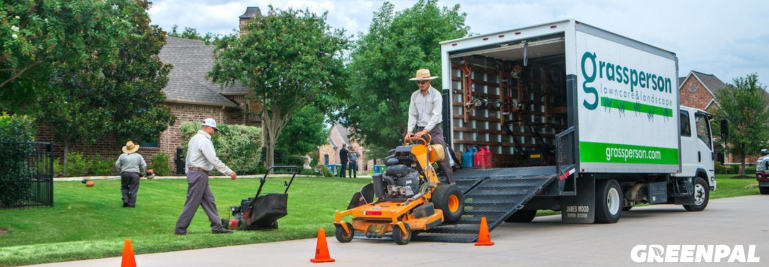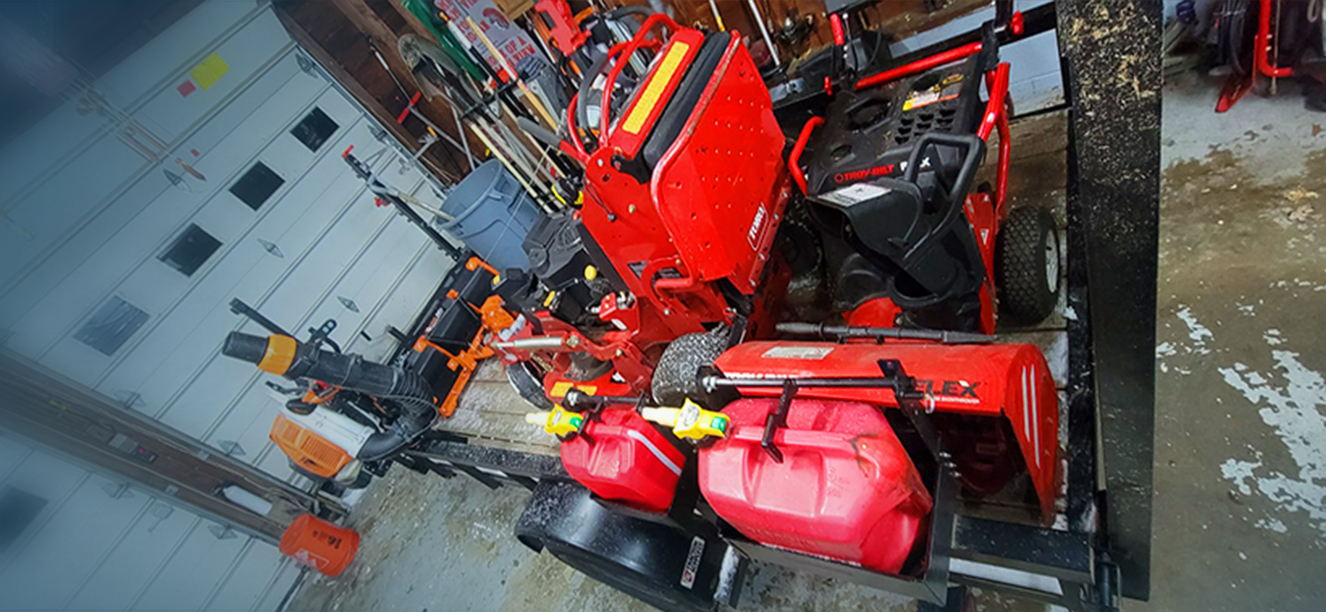Pricing Basic Shrub Installation:
A Comprehensive Guide for Landscaping Professionals
What is the Cost of Shrub Installation?
The cost of shrub installation varies based on several key factors, including the type of shrubs, labor charges, and soil conditions. Typically involving a combination of material, equipment, and manpower expenses, the overall price can range from moderate to expensive. Understanding these elements is crucial for landscaping contractors and homeowners planning a landscaping project to budget effectively.
Hello everyone, it's Bryan Clayton here, CEO of GreenPal. With 22 years in the landscaping and gardening business, one of the most recurring topics I encounter is how to price services effectively. Specifically, how do you price a basic shrub installation? Today, I want to delve into this complex issue and provide a guide that draws from both my own experience and collective wisdom from our GreenPal community.

The Pricing Dilemma
Setting the right price involves a delicate balancing act. You need to consider everything from labor and materials to the distance between job sites. So, what's the most effective strategy to find a pricing structure that's fair to both you and your customer? Let's dive in.
Three Methods That Work
1. Cost Multipliers
One popular strategy within our community suggests using cost multipliers based on the retail price of the plant. A common recommendation is to charge 3X the retail price as a good ballpark figure. This covers the cost of the plant, labor, and even a potential warranty. This method's advantage lies in its simplicity and ease of explanation to the client.
2. Hourly Rate Plus Markup
Another approach advises charging an hourly rate for your labor, in addition to a markup on the cost of the plants. This strategy is especially effective because it allows you to factor in variables—like an unexpectedly rocky patch of soil—that could increase your labor time. Trust me, in my years in this business, unexpected challenges are more the rule than the exception.
3. Per Gallon or Per Hole Pricing
The "per hole" pricing strategy for 3-gallon plants is another practical approach. The recommendation here is to charge a set price per hole, which typically comes to around $65 per plant when adding the cost of the plants and a markup. This method is incredibly transparent and often appreciated by customers for its clarity.
Two Methods That Don't Work as Well
1. Flat Rate Regardless of Conditions
A flat-rate pricing model has been criticized for not being flexible enough to account for the various variables at play. For example, you might get a fantastic wholesale deal on plants, but the labor remains the same regardless of the cost savings. This can result in underpricing your services and could harm your profitability in the long run.
2. Warranty-Only If Irrigation Present
Some in our community note that offering a warranty only if an irrigation system is present can be problematic. While this could save you from potential losses, it might also discourage customers who lack such systems.
Considerations for Fair Pricing
- Soil and Amendments: Always consider the type of soil you'll be working with, as some conditions will require more labor.
- Distance Between Locations: Don't forget to factor in the cost and time of travel when working multiple properties for a single client.
- Warranty: A warranty can be a significant selling point, but it should be priced into the overall cost.
- Volume: Working with large quantities can offer some room for discounts, but ensure you never compromise on covering your overheads.
How to Keep Track
Accounting software is invaluable for this. Use it to meticulously track your costs, including labor, materials, and overhead. This will not only help you set accurate prices but also identify areas where you could cut costs.
Wrapping Up
Method of Pricing |
Details |
Pros |
Cons |
|---|---|---|---|
Cost of Materials x 2 or x 3 |
Take the total cost of all plant materials and multiply by 2 or 3 to get the final pricing. |
Simple, quick calculation |
May not cover all costs |
Square Footage |
Charge based on the total square footage of the area being worked on. |
Easy to explain to customers |
May underestimate labor |
Hourly Labor Costs |
Estimate the number of hours the job will take and multiply by hourly labor rate. |
Accurate if time estimation is correct |
Time-consuming, risk of underestimation |
Fixed Price |
Offer a set price for certain types of installations, regardless of time and materials. |
Simplifies billing |
Risk of underestimating costs |
Cost Plus Markup |
Calculate all costs including materials and labor, then add a markup percentage for profit. |
Covers all costs |
More complex calculation |
Value-Based Pricing |
Set the price based on the perceived value to the customer, rather than actual costs. |
Potential for higher profit |
Hard to quantify, risk of over/under pricing |
Tiered Pricing |
Offer different pricing packages with varying levels of service and materials. |
Appeals to different budget ranges |
Requires more planning |
Combination Method |
Use a combination of methods, such as Square Footage for soil preparation and Hourly for labor. |
More comprehensive |
Complicated, requires careful calculation |
Labor Cost + (Plant Material x 2 or x 3) |
Calculate labor separately, then add to doubled or tripled plant material cost. |
Incorporates both material and labor costs |
Can become complicated |
Rule of Thirds |
One third for materials, one third for labor, and one third for overhead and profit. |
Balanced approach |
May not be accurate for all projects |
Pricing is an art that requires constant fine-tuning. While it's essential to stay competitive, it's equally crucial not to underprice your services. After all, you're in business to make a profit while providing excellent service. Consistently tracking your costs, learning from your peers, and continuously refining your pricing strategy will set you up for long-term success.
Here's to more lucrative and fulfilling landscaping projects ahead!













